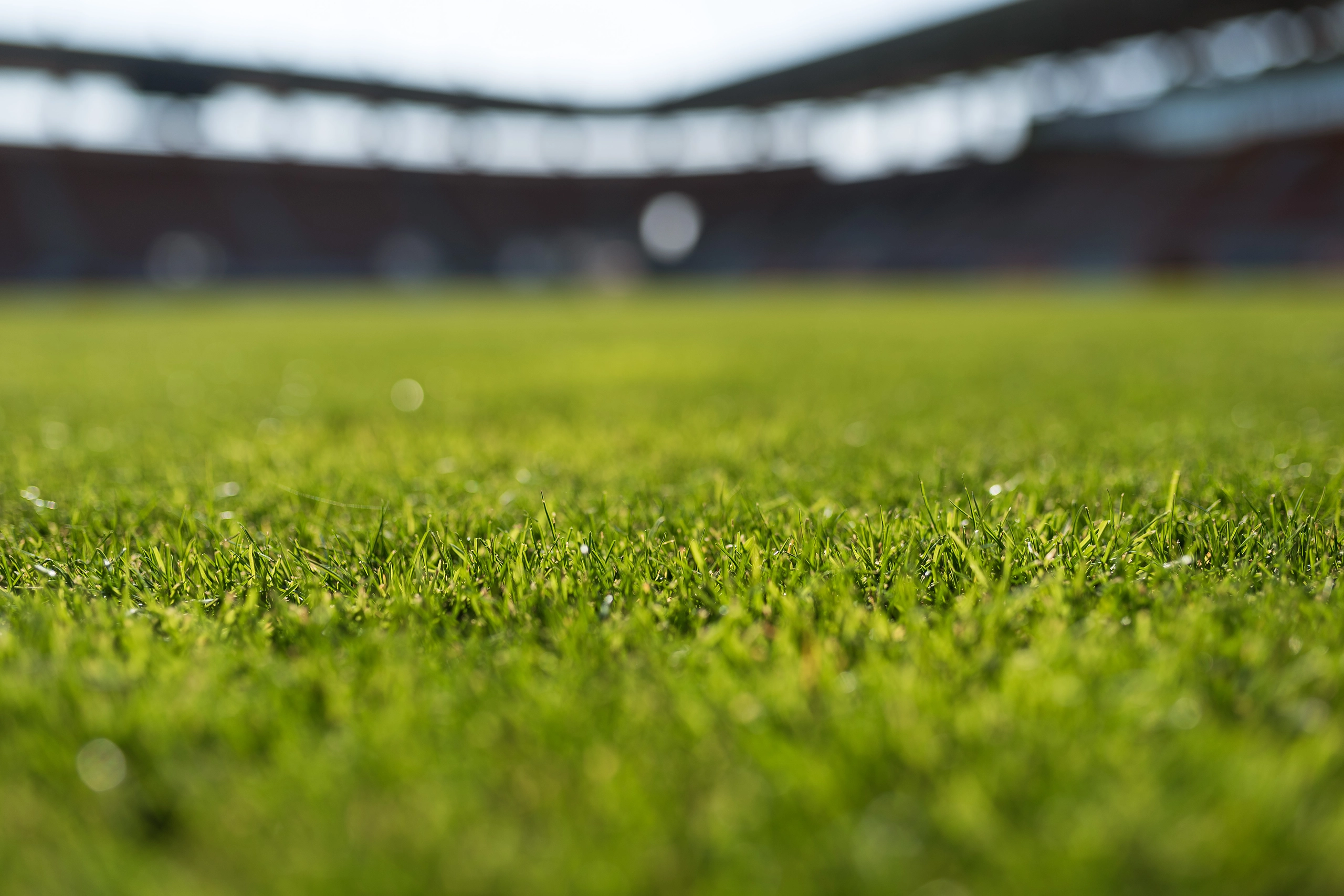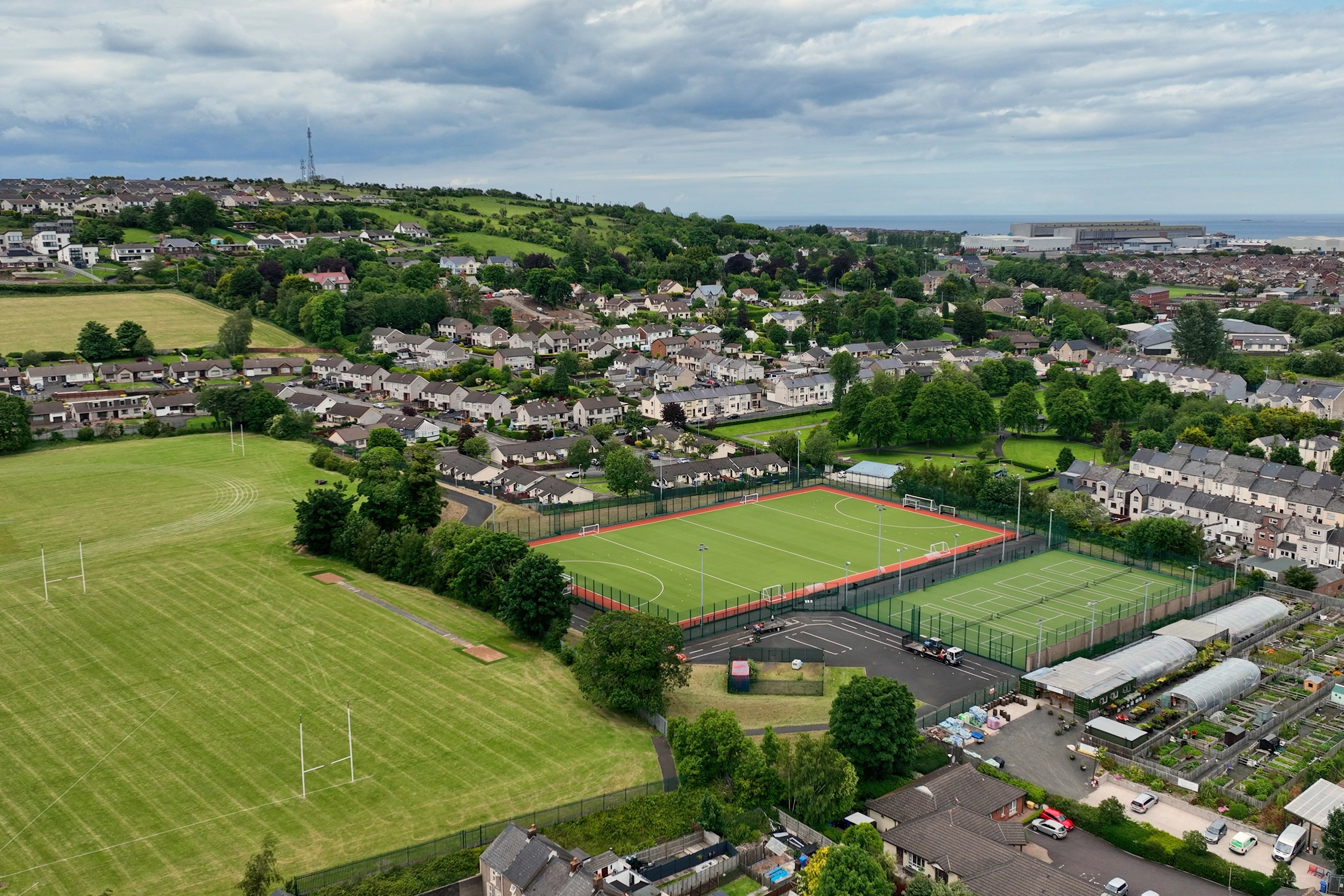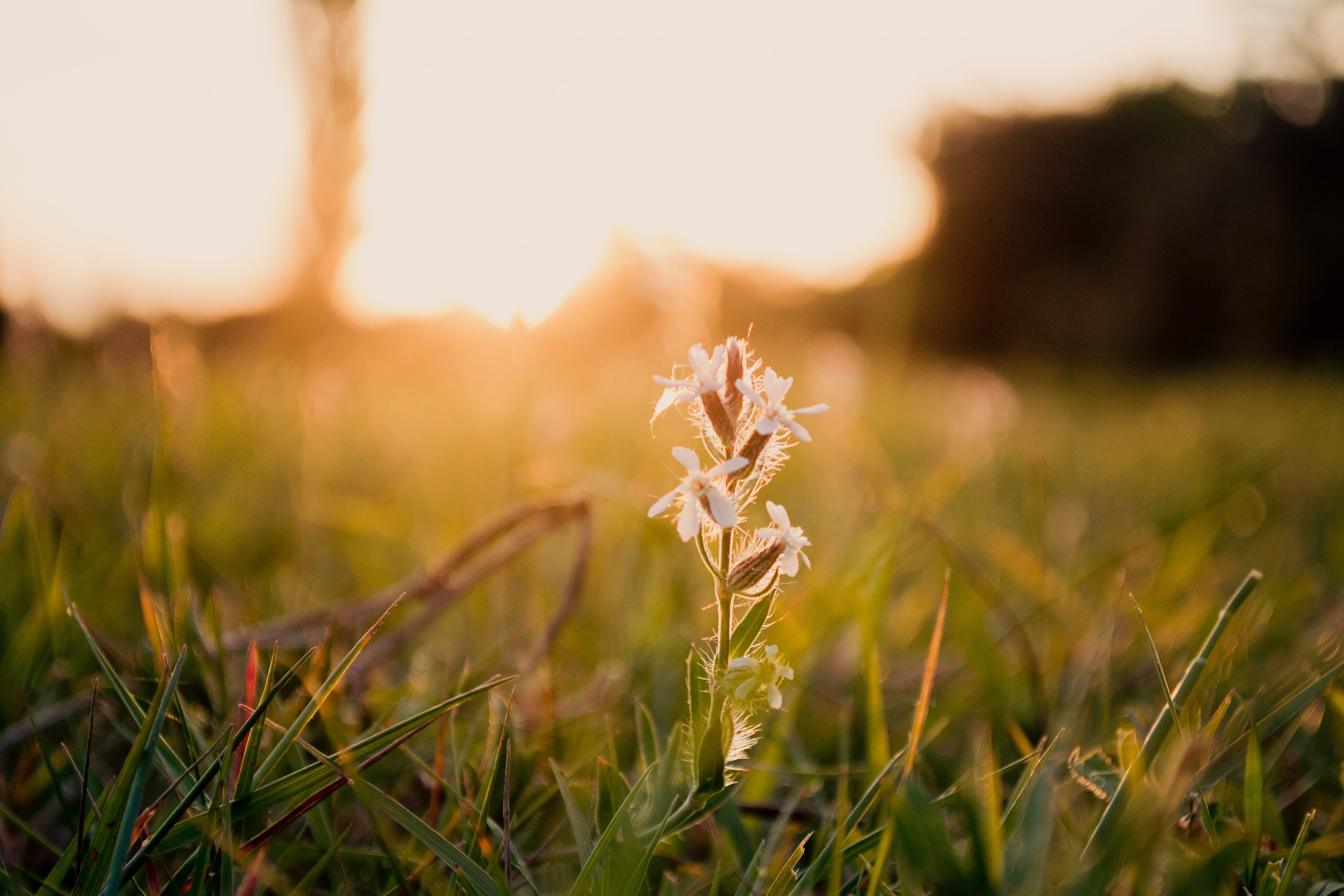Never miss a thing
New boots. New innovations. New events. We've got a lot going on. So you're going to want to stay in the know.
Product
Sustainability
January 09, 2024

Oh, joy! Another thing for eco warriors to clutch their pearls about. Can't a person just enjoy a casual 5-aside game and a pint without being weighed down by the guilt of synthetic turf sins?
Don’t worry, we're not here to add another layer to your guilt trip. It's not your fault that cities are choosing 3G pitches over good old grass. Sure, grass pitches come with their own problems (check out our post about having to water professional pitches,) but 3G pitches…well let’s just say the differences are chalk and poisonous cheese.
So let's dive into the tragic tale of these pitches and see if there's a way to keep our beloved football games eco-friendly.
Read more

If you've ever played football, you'll be well-acquainted with 3G pitches – the holy trinity of synthetic turf, sand infill, and rubber infill. Synthetic pitches, not a new phenomenon but born in the Astroturf™ era of 1966, promised more playing time and less maintenance costs. Ah, the good old days of slide tackling on unforgiving surfaces.
Sure, these pitches offer extended playtime, a boon for enthusiasts and smaller teams. Grass pitches can sustain 3-4 games a week, whereas on synthetic turf the playtime is almost infinite. A revolutionary concept until it evolved into a colossal problem. With over 50,000 3G pitches in Europe alone, they've gone from being a fun alternative for kids to the leading cause of microplastic mayhem. As well as potentially having some life-threatening effects…
Read more

To put it simply:
1. The rubber infill is a huge source of microplastic.
2. They are made almost entirely of plastic (which is made from fossil fuels) and other toxic chemicals.
3. Their life span is only 8-10 years, and they have little to no end of life recycling options.
4. They destroy natural habitats.
Just one of these issues would be enough for alarm bells to start ringing. But all four. Well, it’s like the tsunami, hurricane and nuclear bomb sirens are all going off at the same time.
Read more

You know the little black bits that fill up your boots? The ones that you seem to find in your car, hallway and clothes for months on end? Well, these are more than just annoying. Made from old rubber tires, they've developed a knack for escaping the pitch, reaching waterways, and eventually, making their way into our oceans. In fact, across Europe, between 18,000 and 72,000 tonnes of them escape from artificial grass pitches annually.[1]
You might be thinking: does it really matter if there’s a bit of rubber in the water? Well, when fish eat these microplastics, it reduces their food intake, delays growth, causes oxidative damage (which affects cell structures) and can lead to organ failure and even gene damage. Plus, they have been known to suck the nutrients out of water. It’s the full package.
And it’s not just the infill that escapes into the sea. The artificial grass fibres also manage to break away, creating a number of new problems. A recent study in Barcelona even found that, in samples taken within 1 kilometre of the shore, these fibres accounted for 15 percent of plastic pieces larger than 5 millimetres. The study spanned 7 years, from 2014 to 2021, and shocked everyone involved. Showcasing just how immediate the problem is. [2]
Read more

We hate plastic. Virgin plastic, more to the point. So you can imagine how we feel about a great big lump of green plastic that barely has the lifespan of a Great Dane.
These 3G pitches, made from petroleum, take a cocktail of chemicals to create and last a mere 8-10 years. After their short-lived glory, they end up in landfills, breaking down into microplastics like confetti at a bad party.
But hey, at least they don’t cause any damage whilst they’re up and running, right? Wrong. Just in the rubber crumb, Yale identified 306 chemicals, of which 197 are carcinogenic or suspected carcinogenic. Which basically means they can cause cancer. Included in these chemicals is Benzene, which can be fatal if swallowed. In fact, there is no safe amount of exposure to Benzene. [3] And yet, there it sits, on pitches that children and adults alike play on. Being breathed in, swallowed and stuck in cuts and grazes, as well as seeping into the earth below it.
There have been some reports, such as the Cancer Among Players report from Amy Griffin, that have started to link spikes in football cancer rates, especially in goalies (who have more contact with the ground) to artificial turf. However, much of it is still speculation and hasn’t been tested in controlled circumstances.
Read more

Replacing natural grass with artificial grass does more than just change the feel of a pitch, it removes any chance of insects, birds or microorganisms from having a home. These are essential for the ecosystem of areas, and can have a significant impact on a wide range of species. Plus, it means there is nothing converting carbon dioxide into oxygen.
Not only that, but artificial pitches get hot. Really hot. Data compiled by Professor Jim Chi-yung, Chair Professor of Geography at the University of Hong Kong, shows that the surface temperature of artificial turf can be ninety percent hotter than the air temperature in summer.[4] Perfect for frying a few sausages. Not so perfect for football.
Read more

You made it to the end, seeking a glimmer of hope in this synthetic quagmire. Fear not, for solutions are here – not quick and easy, but very doable.
1. Banning 3G pitches
Technically, this would be the best case scenario. But just as the best solution to climate change would be to tear down our current institutions and live in mud huts, we know it’s not very feasible. However, there are some people that have taken this route very seriously.
In the Netherlands, the 18 clubs and the league’s governing body, the Eredivisie CV, voted to make natural or hybrid playing surfaces a condition of membership of the league. Banning plastic pitches from the 2025/26 season. This came after the early reports of artificial pitches causing cancer, which the league immediately deemed as too dangerous.
2. Changing the materials
Next would be replacing the infill and the materials that the plastic grass is made from. Currently, there are a number of infills that could easily replace rubber, such as cork and coconut shells. These would cause little-to-no harm to the surrounding environment, and could be changed out almost immediately.
The grass itself would be a bigger challenge. There are companies that are working to find a bio-based alternative to virgin plastic, even using waste food as a base. However it will take time for there to be large enough factories to produce the quantity needed.
3. End of life plan
If you can’t reduce or re-use, then you have to recycle. These pitches currently get rolled up and dumped at the end of their life, which is unacceptable if we plan on having even more in the future. Some companies have found a way to re-install the pitches in areas in Africa, to allow children to play on a more consistent surface. However, with the health concerns, and the fact that it’s not actually recycling, we’re not a huge fan of this option.
No, what we really want is proper recycling. Just like our own football boot recycling scheme. Using the plastic from these pitches to create new, helpful things that aren’t going to impact the planet. One such scheme is the newly opened plant from FormaTurf in Germany, which is the first in the world to be able to recycle artificial turf.[5] Even though it can only process 200 large pitches a year, it's a great start. And a step in the right direction.
4. Hybrid pitches & capture solutions
Lastly, hybrid pitches are already being used across the globe, and they’re a great alternative to fully artificial pitches. Even Liverpool have one fitted now. They involve fixing artificial grass on top of soil and then planting natural grass seed over the top. This allows for natural grass to keep growing, supports biodiversity, removes the need for infill, and reduces the production of virgin plastic.
Capture solutions for current 3G pitches are also essential to immediately reduce the amount of rubber crumb reaching waterways. These include covers over nearby drains, walls around the edge of pitches, and places where players can remove the crumb from their shoes and clothes.
Read more

With natural grass pitches losing more and more of the season due to flooding and droughts, more artificial pitches are inevitable. But just because they are hurting the planet now, doesn’t mean they always will.
In the EU, the microplastic problem is already starting to be tackled. With a ban that covers all synthetic polymer particles less than five millimetres that are insoluble and resist degradation. This directly affects the rubber infill for synthetic pitches, meaning that an alternative must be found within the next 8 years (the period they have been given to adjust).
The pitch for change has been kicked off, and maybe, just maybe, we can reverse the effects of climate change and the plastic problem before it's too late. Creating a future where the beautiful game doesn't harm our beautiful planet.
Read more
[1] Fidra - Let’s kick microplastic infill on sports pitches into touch!
[2] New Scientist - Huge amounts of plastic from artificial grass end up in the sea
[3] Pitchcare - 3G Pitches: Is the UK sleepwalking into a public health crisis?
[4] Pitchcare - Concerns over heat stress on 3G surfaces
[5] Sustainable Plastics - FormaTurf opens first artificial turf recycling plant in Germany
Read more
Matilda Godson
January 09, 2024